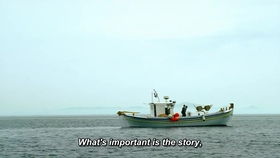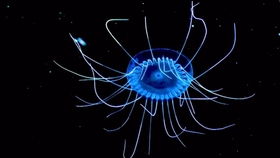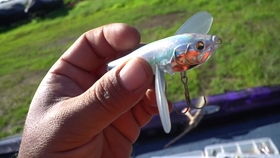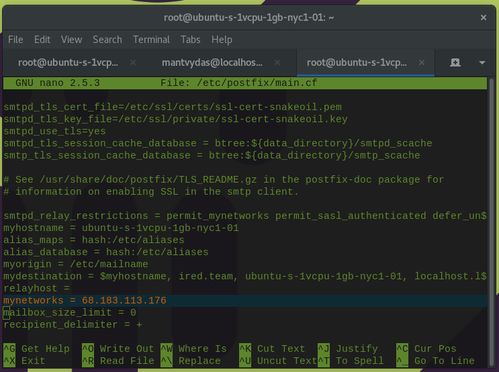Content:

Introduction: Fish farming has become an increasingly popular and profitable venture for many individuals around the world. Whether you are a hobbyist or a professional fish farmer, the success of your operation largely depends on the health and growth of your fish seedlings. In this article, we will delve into the essential tips and techniques for cultivating fish seedlings effectively, ensuring that your daily fishing endeavors yield the best possible results.
Selecting the Right Species: The first step in successful fish seedling cultivation is to choose the right species for your farming venture. Different fish species have varying growth rates, water temperature requirements, and feeding habits. Conduct thorough research to determine which species thrive in your local climate and water conditions. Some popular choices for fish farming include carp, tilapia, and catfish.
Optimal Water Conditions: Maintaining optimal water conditions is crucial for the healthy growth of fish seedlings. Here are some key factors to consider:
- pH Level: The pH level of the water should be within the appropriate range for the species you are cultivating. Most fish species prefer a pH level between 6.5 and 8.0. Regularly test the water pH using a pH test kit and adjust it as needed.
- Ammonia and Nitrite Levels: High levels of ammonia and nitrite can be toxic to fish. It is essential to monitor these levels regularly and ensure they remain within safe limits.
- Dissolved Oxygen: Fish require adequate dissolved oxygen in the water to breathe. Ensure that your water source or aeration system provides sufficient oxygen for your fish seedlings.
Feeding Techniques: Proper feeding is vital for the growth and development of fish seedlings. Here are some feeding tips to consider:
- Feed High-Quality Feed: Invest in high-quality fish feed that meets the nutritional requirements of your species. This will ensure that your seedlings receive the necessary nutrients for healthy growth.
- Regular Feeding Schedule: Establish a consistent feeding schedule and stick to it. Overfeeding can lead to water quality issues, while underfeeding can hinder growth.
- Monitoring Feed Intake: Monitor the amount of feed consumed by your fish seedlings. Adjust the feeding amount as needed to avoid waste and maintain water quality.
Stocking Density: The stocking density of your fish seedlings can significantly impact their growth and overall health. Overcrowding can lead to disease outbreaks and poor water quality. Here are some guidelines for determining the optimal stocking density:
- Research the recommended stocking density for your species and water conditions.
- Consider the size of your pond or tank and the growth rate of your fish seedlings.
- Gradually increase the stocking density as the fish grow, ensuring that they have enough space to thrive.
Regular Monitoring and Maintenance: Regular monitoring and maintenance are essential for the success of your fish seedling cultivation. Here are some key tasks to consider:
- Water Quality Testing: Regularly test the water quality using a water testing kit to monitor pH, ammonia, nitrite, and dissolved oxygen levels.
- Disease Prevention: Keep an eye out for signs of disease or stress in your fish seedlings. Implement disease prevention measures, such as quarantining new fish and maintaining a clean environment.
- Aeration and Filtration: Ensure that your pond or tank has adequate aeration and filtration systems to maintain optimal water quality.
Conclusion: Cultivating fish seedlings for daily fishing can be a rewarding and profitable endeavor. By following these essential tips and techniques, you can ensure the healthy growth and development of your fish seedlings. Remember to select the right species, maintain optimal water conditions, feed your fish properly, manage stocking density, and regularly monitor and maintain your pond or tank. With dedication and care, your fish farming venture will thrive, providing you with abundant catches and a sustainable source of income.












